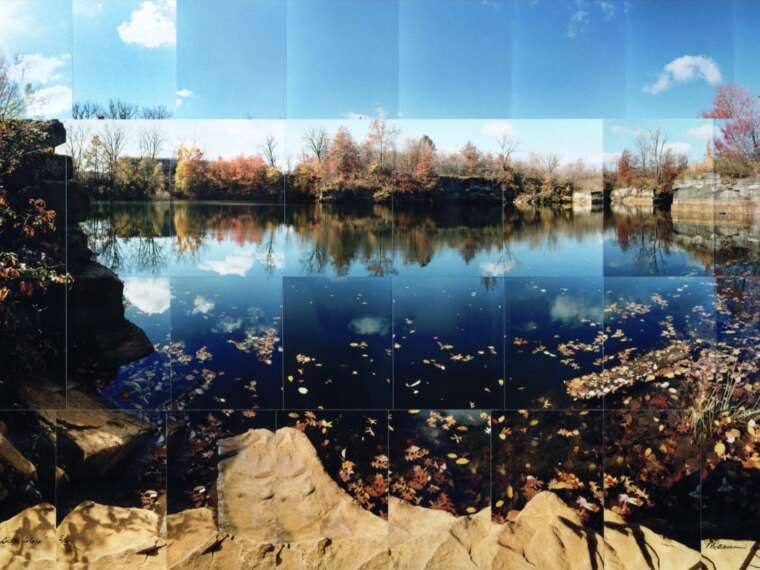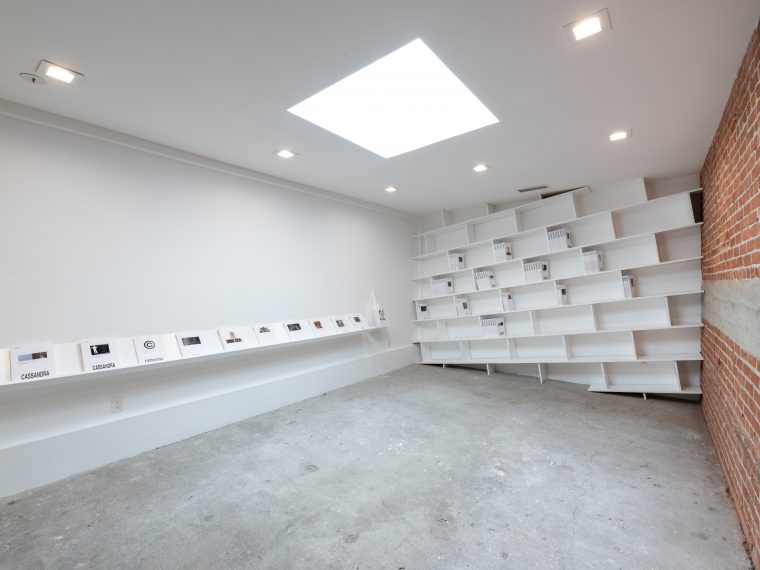
How is ecofeminism applied to and manifested in contemporary art? This question drives research into Life on Earth: Ecofeminist Art Since 1979, a forthcoming group exhibition. Identifying critical connections between gender oppression and the exploitation of natural resources, ecofeminism evolved out of the environmental, feminist and anti-nuclear movements of the early 1980s and was taken up by politically active contemporary artists at the time. As an artistic movement however, it has been conspicuously absent from historical surveys of the period. Taft’s research uncovers forgotten works and links them to currents in contemporary practice, effectively establishing a lineage for today’s ecofeminist artists. Research into historical events like the nuclear meltdown at Three Mile Island and the Women and Life conference that grew out of it, gives context to past and present artistic engagement with anti-nuclear activism, Indigenous rights, lesbian separatism and other themes. Taft will compile a comprehensive multi-generational list of ecofeminist artists at home and abroad including Helene Aylon, Agnes Denes, Aviva Rahmani, Jaune Quick-to-See Smith, Leah DeVun and many others.
